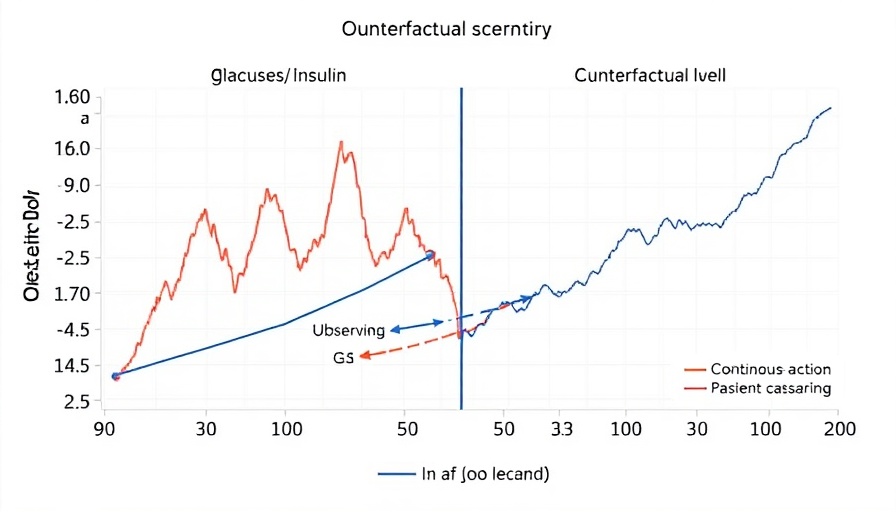
Understanding the Implications of AI-Enhanced Photo Analysis
In an era where artificial intelligence is becoming increasingly sophisticated, the recent capabilities of ChatGPT to analyze photos and deduce their locations present a fascinating yet unnerving trend. This technology allows the AI not only to recognize objects but also to interpret subtle visual cues—such as architectural styles, natural features, and even partial signage—to make educated guesses about a photo's origin. While this opens the door to innovative applications, it also raises significant privacy concerns for both individuals and organizations alike.
The Fun and Games of AI Location Guessing
Many individuals, including fans of games like GeoGuessr, have found entertainment in testing this feature of ChatGPT. Users upload pictures ranging from amateur selfies to well-composed shots of buildings, only to be astounded at how accurately the AI can sometimes pinpoint their locations. This ability to 'read' photos taps into OpenAI's extensive database, signal-boosting the relevance of this technology in fields such as tourism, retail, and marketing.
Privacy Concerns Amidst Technological Advancement
However, as we delve deeper into the capabilities of AI, the conversation shifts towards the potential dangers associated with such technology. If an AI can deduce your location merely from a photo, privacy advocates raise the question: how secure is our personal data? Without embedded GPS or EXIF data, people often assume their photos are harmless. Yet, this unassuming aspect becomes particularly concerning when considered through the lens of AI's discerning capabilities.
Applications Across Various Industries
Beyond casual use, understanding the depth of this technology can serve various sectors. For executives and decision-makers, this poses a double-edged sword. On one hand, businesses could leverage the data provided by AI-enhanced features for strategic placement and personalized marketing. On the other hand, the risk of misuse leads to serious ethical implications. Recognizing geographical trends and individual behaviors through photo analysis can either empower or endanger customer relationships.
Ethics in Technology Implementation
Integrating AI technology responsibly necessitates developing robust frameworks to address privacy concerns. Stakeholders from various industries must collaborate to establish guidelines that govern AI's use in analyzing personal data drawn from images. Striking a balance between the innovative potential of AI and the need for user protection is paramount.
Decisions to Navigate the AI Landscape
As developments in AI technology continue at a rapid pace, decision-makers must navigate the complexity associated with its implementation. Integrating AI strategies requires evaluating both the benefits of employing advanced features and the associated ethical risks that can impact the organization's reputation and consumer trust. Prioritizing transparent practices is essential to maintaining a competitive advantage while assuring consumers that their personal data remains protected.
In conclusion, while ChatGPT's photo analysis capabilities provide an intriguing glimpse into the future of AI, it brings forth a cascade of considerations that extend beyond technology itself. It is crucial to examine the ethical landscape surrounding AI integration and how businesses plan to adapt to these emerging challenges.
 Add Row
Add Row  Add
Add 




Write A Comment